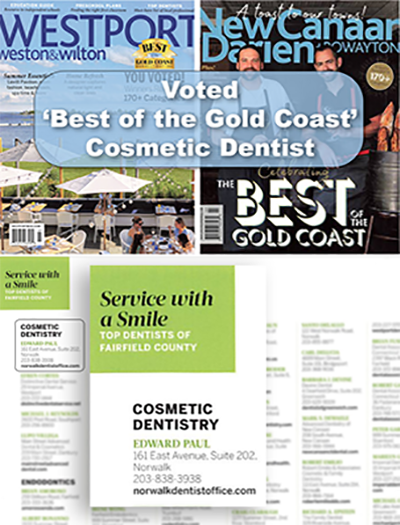SKULLS OF THE CRO-MAGNON PEOPLE, who inhabited the earth 25,000 years ago, show that humans have been plagued with oral health problems for thousands of years. In turn, techniques for combating oral health problems have been found dating back to 2900 B.C. when Egyptians drilled holes through the jaw presumably to drain abscessed teeth, reports the Academy of General Dentistry.
The Past: Evidence of the first toothbrush suggests they were small twigs mashed at one end to increase cleaning surface. The first “modern” toothbrush found in China dates back to 1000 A.D. with bristles made from a horse’s mane and handles of ivory.
 Toothpaste has also been around since ancient times – however, not in the tube form with which consumers now associate the product. The earliest toothpastes were mixtures of powered fruit, burnt shells, talc, and honey as well as mice, lizard livers and urine.
Toothpaste has also been around since ancient times – however, not in the tube form with which consumers now associate the product. The earliest toothpastes were mixtures of powered fruit, burnt shells, talc, and honey as well as mice, lizard livers and urine.
Today: Toothbrushes with angled heads, raised bristles, oscillating tufts and handles that change colors with use, along with tartar-control, whitening, sensitive and multi-care toothpastes are a few of the many options consumers encounter in the oral health care aisle.
With more than 3,000 toothbrush patents worldwide, sometimes choosing the best products from the myraid of options can be a dilemma for consumers.
“The best toothbrush for most consumers is a small-head brush for easy access to the tooth surface with soft-rounded bristles that won’t hurt your gums,” says Eric Curtis, DDS, MAGD, spokesperson for the Academy and renowned dental historian. “Although there are many modern adaptations to the toothbrush, the small-head soft-bristle brush has proven to be the best choice for most consumers for more than fifty years.”
Electric toothbrushes are recommended for people with limited manual dexterity and for those who wear braces. As for toothpastes, dentists recommend toothpaste with fluoride. Since fluoride’s introduction to toothpaste in 1956, there have been many new formulas created but fluoride is the most significant, proven effective in decreasing cavities and reducing plaque.
The Future: Testing is already in progress on toothbrush bristles that deliver medications through the bristles and powered cleaning devices that clean both accessible and inaccessible tooth surfaces–advancements that may help eliminate oral health disease such as decay and gum disease.
Until these products are proven safe and effective and are available to consumers, Dr. Curtis recommends the tried and true daily brushing with fluoridated toothpaste, flossing and healthy eating for warding off oral health problems.
“Taking a proactive approach to oral health care is one of the biggest benefits I’ve seen in dentistry,” says Dr. Curtis. “Fifty years ago consumers went to the dentist when they had a toothache and couldn’t stand the pain, today visiting the dentist is seen as a preventive measure in one’s oral health–a trend dentists hope to see continue for the next one hundred and fifty years.”

 Click or Scan Code
Click or Scan Code